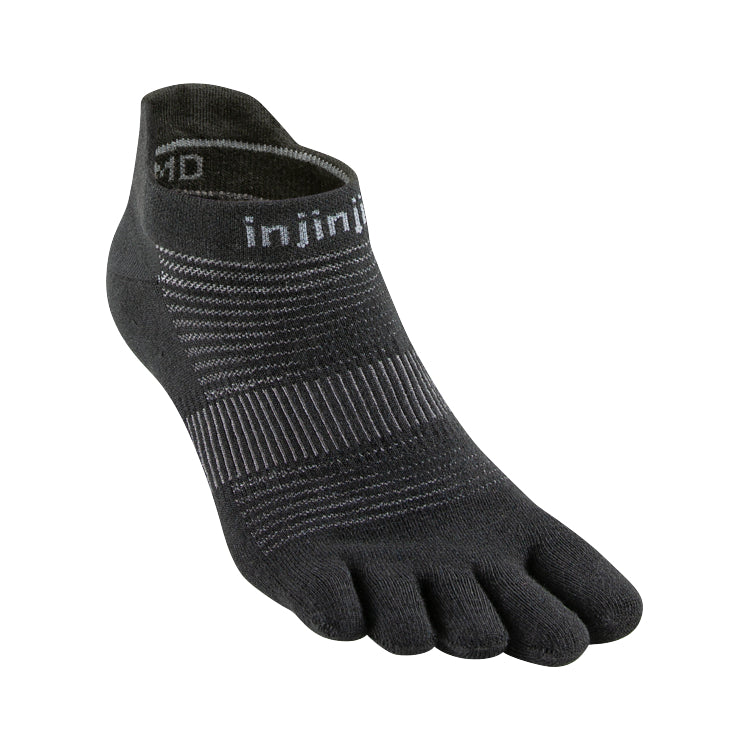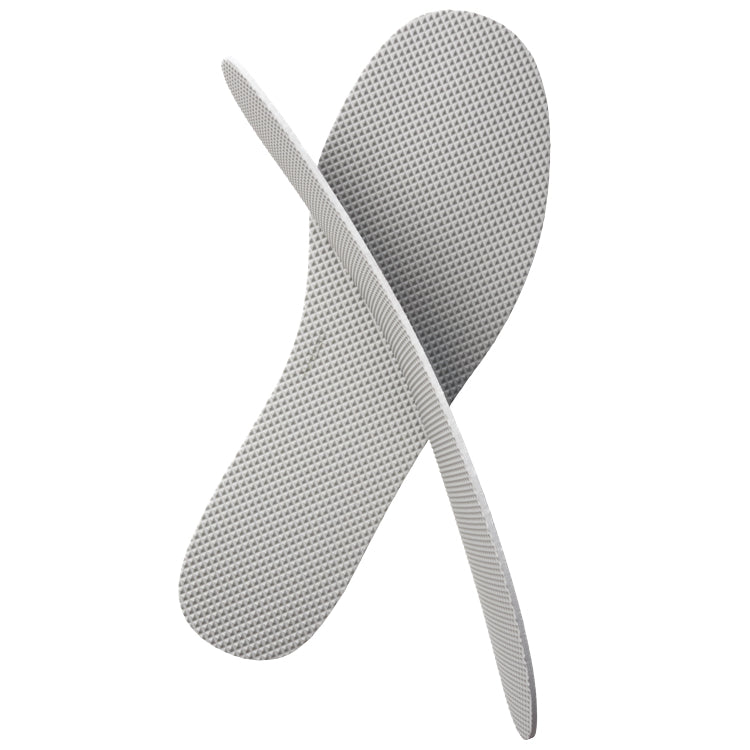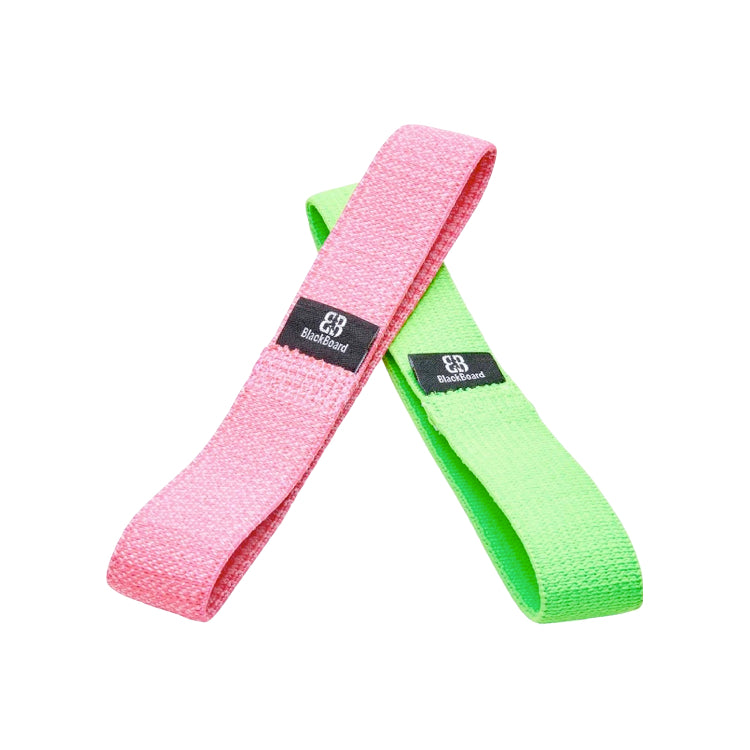
Definition
Tarsal Tunnel Syndrome: Foot pain and neuropathy caused by compression of the tibial nerve within the tarsal tunnel.
General Info
Tarsal bones are the short bones located in the midfoot and rearfoot that form a bridge between the ankle and the metatarsal bones. The tarsal tunnel is a space located just below the bony prominence on the inside of the ankle, or medial malleolus, and is made up of bone on the inside and the flexor retinaculum—a band of connective tissue—on the outside. Several important structures pass through the tarsal tunnel, including tendons, blood vessels, and the tibial nerve. Compression of any of these tarsal tunnel structures can cause foot problems.
Tarsal tunnel syndrome, also known as tibial nerve dysfunction or neuralgia, occurs when the tibial nerve—the nerve that supplies movement and sensation to the foot muscles—becomes entrapped or compressed within the tarsal tunnel. The parts of the foot affected by this compression neuropathy depend on the area of entrapment. Increased pressure within the tarsal tunnel causes compression of the tibial nerve and sensations such as numbness, tingling, and cramping. Any problem or condition that causes inflammation and swelling—and thereby pressure—within the tarsal tunnel can cause tarsal tunnel syndrome.
Signs & Symptoms
Some of the most common signs and symptoms associated with tarsal tunnel syndrome include:
- Foot pain
- Foot, ankle, and toe weakness
- Burning, numbness, cramping, or other unusual sensations in the foot
Possible Causes
The underlying cause of tarsal tunnel syndrome is often difficult to determine. But anything that increases pressure in the tarsal tunnel can cause this health problem, including benign tumors or cysts, tendon sheath inflammation, bone spurs, nerve ganglions, and varicose veins. Direct trauma is another possible cause of tarsal tunnel syndrome.
Excessive ankle pronation (the inward rolling of the ankle) may compress the tibial nerve, leading to tarsal tunnel syndrome. Most conventional footwear holds the foot in a position in which excessive pronation is inevitable. Heel elevation, toe spring, and tapering toe boxes—common design elements built into conventional footwear—act together to destabilize the main foot arch and cause overpronation. A person with this foot health problem may experience symptoms on both sides of his or her body if the tarsal tunnel syndrome is caused by inappropriate footwear.
Most conventional footwear holds (and essentially immobilizes) the big toe in a bunion configuration (i.e., big toe extended and pointing toward the second toe). In this configuration, the abductor hallucis muscle pulls on the flexor retinaculum, which in turn clamps down on the structures passing through the tarsal tunnel, including the tibial nerve. Conventional footwear may be one of the most common causes of tarsal tunnel syndrome, though this possibility is rarely discussed in foot care circles.
Helpful Strategies
Swapping conventional footwear for men’s and women’s foot-healthy footwear may be one of the most effective treatment (and prevention) strategies for tarsal tunnel syndrome. Realigning the toes using Correct Toes and anatomically appropriate footwear will help minimize or eliminate excessive foot pronation and reduce the tension of the flexor retinaculum on the tibial nerve and other structures passing through the tarsal tunnel.
Other beneficial conservative treatment strategies may include:
- Rest
- Cold therapy
- Physical therapy
- Natural anti-inflammatory agents
Always consult a physician before beginning any foot health regimen designed to treat tarsal tunnel syndrome.

WANT TO IMPROVE YOUR FOOT HEALTH?
Let the team at Natural Footgear help you! Subscribe to our newsletter for the latest offers and helpful info, and sign up for our FREE email courses on various topics and foot health conditions.
Sign Up →
Want to Improve Your Foot Health?
We are here to help you every step of the way. Get our newsletter for the latest offers and helpful info, and sign up for our FREE email courses on various topics and conditions, including bunions, hammertoes, neuromas, plantar fasciosis, shin splints, ingrown toenails, and more.
Sign Up →
 Your feet are one of the most important parts of your body. They accept and disperse tremendous forces during standing, walking, and running (e.g., walking 1 mile places 60 tons of stress on each foot), and they possess extraordinary strength, integrity, and endurance. Although your feet are resilient and capable of bearing considerable forces, too much stress can cause pain or discomfort—especially if your foot is held in a deformed...
Read more
Your feet are one of the most important parts of your body. They accept and disperse tremendous forces during standing, walking, and running (e.g., walking 1 mile places 60 tons of stress on each foot), and they possess extraordinary strength, integrity, and endurance. Although your feet are resilient and capable of bearing considerable forces, too much stress can cause pain or discomfort—especially if your foot is held in a deformed...
Read more












I have chronic problems with both of my feet. I have been diagnosed with tarsal tunnel syndrome and just received an injection in each ankle. I have had foot surgery on one foot twice (once for a bunionectomy and then for a hammertoe). I also have peripheral neuropathy. Very frustrated.
Hi, Karen,
Thank you for your message. I totally understand your frustration. It does indeed sound like you’ve been through a lot.
If you have any questions about a more natural approach to foot care, please do let us know. We’re happy to help out however we can.
Kind regards,
Marty Hughes, DC
I wish I had seen this three years ago. I had bilateral tarsal tunnel syndrome. First, the problem was cured using hydrodissection with platelet-rich plasma. But then I was told to put my feet in super-supportive shoes. The syndrome returned 18 months later. Another hydrodissection procedure resolved the problem and got me off Gabapentin. However, every time I went for a walk with my super-supportive shoes, the symptoms returned. I began experimenting with shoes that aren’t exoskeletons and don’t pinch the inner ankle across the tarsal tunnel area. Now I hike 4-5 miles per day in barefoot-type boots (Vivobarefoot and Softstar), pain- and tingle-free! Correct Toes and strengthening exercises helped too. I saw so many medical professionals whose advice was counterproductive. Yours seems right on. I hope this information and confirmation help others get relief faster. It’s been a three-year journey for me.
Hi, Stevee,
Thank you for your comment. And thank you for sharing a bit about your foot health journey. I’m sorry that it was such a process for you, but I’m glad to hear that you’ve found your footing with natural foot care approaches. If you have any questions about specific footgear or strategies going forward, please don’t hesitate to reach out!
Kind regards,
Robyn Hughes, ND
What kind of “non-conventional” shoes would you recommend for an avid hiker?
Hello, Tealia. Thank you for your question! For avid hikers seeking a non-conventional approach to footwear, we strongly recommend shoes, boots, or sandals that prioritize natural foot function, allowing your feet to move, splay, and adapt as nature intended. Conventional hiking boots often come with rigid soles, elevated heels, toe spring, and tapering toe boxes that restrict natural movement and can contribute to long-term foot issues. Instead, we advocate for minimalist, healthy-foot-shaped hiking footwear that offers a wide toe box, zero-drop platform (i.e., no heel elevation or toe spring), and a flexible sole to encourage better ground feel and stability. These features not only enhance comfort on the trail but also promote healthier biomechanics, reducing strain on the feet, ankles, and knees over time.
Excellent options for foot-healthy hiking footwear are the Lems Primal Eco, Primal Zen, and Boulder Boot, all of which offer a balance of protection and flexibility without sacrificing natural movement. These shoes provide ample toe room while maintaining a lightweight yet durable design, making them ideal for varied terrain. For those who prefer a more conventional-looking (though still foot-healthy and minimalist) option, the Xero Scrambler Trail Mid WP delivers a barefoot-like feel. This boot offers enough grip and durability to handle rugged trails while allowing your foot to flex, bend, and articulate as it was designed to do. All the options mentioned here ensure that your feet stay engaged and strong, helping to build resilience rather than relying on excess cushioning or stiff support.
For hikers who encounter wet or amphibious environments, we highly recommend the Astral Loyak as a non-traditional yet effective choice. Designed for water-friendly adventures, these lightweight shoes feature grippy, non-marking soles, quick-drying materials, and exceptional flexibility. They allow your feet to function naturally while providing excellent traction on slick rocks and muddy paths. If you frequently transition between dry and wet conditions on your hikes, these shoes can be a game-changer in terms of comfort and performance. Another great “non-conventional” footwear option for avid hikers is the Ahinsa Chitra Trek&Trail Barefoot, which is a supple, comfortable, lightweight, and healthy-foot-shaped athletic shoe that you can use for a variety of active outdoor pursuits.
Another important consideration is pairing the right footwear with complementary footgear, such as Correct Toes toe spacers, Injinji toe socks, and Pedag metatarsal pads or Strutz Pro foot pads, to optimize foot alignment and function. Many hikers experience foot fatigue, bunions, or neuromas (among other common foot problems) due to years of wearing restrictive, immobilizing trail footwear. Toe spacers, specifically, help realign your toes to their natural position, improving balance and stability on uneven terrain and boosting blood flow to your toes and plantar fascia. When combined with healthy-foot-shaped hiking footwear, they work to restore and maintain optimal foot health, helping you go farther with less discomfort. The other footgear mentioned here plays additional supporting roles in ensuring your feet function the way they were intended to on hikes of varying duration and intensity.
Ultimately, the best non-conventional hiking shoes are those that allow your feet to do what they were designed to do—move naturally, grip the earth, and provide a strong, stable foundation for the rest of your body. By making the switch to foot-healthy footwear, you’re not just improving your hiking experience; you’re investing in long-term foot resilience and overall movement health. With the right shoes, every step on the trail becomes an opportunity to strengthen your feet, enhance your connection to the terrain, and enjoy hiking the way nature intended—which is the ultimate goal for all of us who love being active in nature. We hope this info helps, Tealia! Please don’t hesitate to reach back out with additional questions should they arise. We’re always happy to help out however we can.
Yours in Foot Health,
Drs. Marty & Robyn Hughes